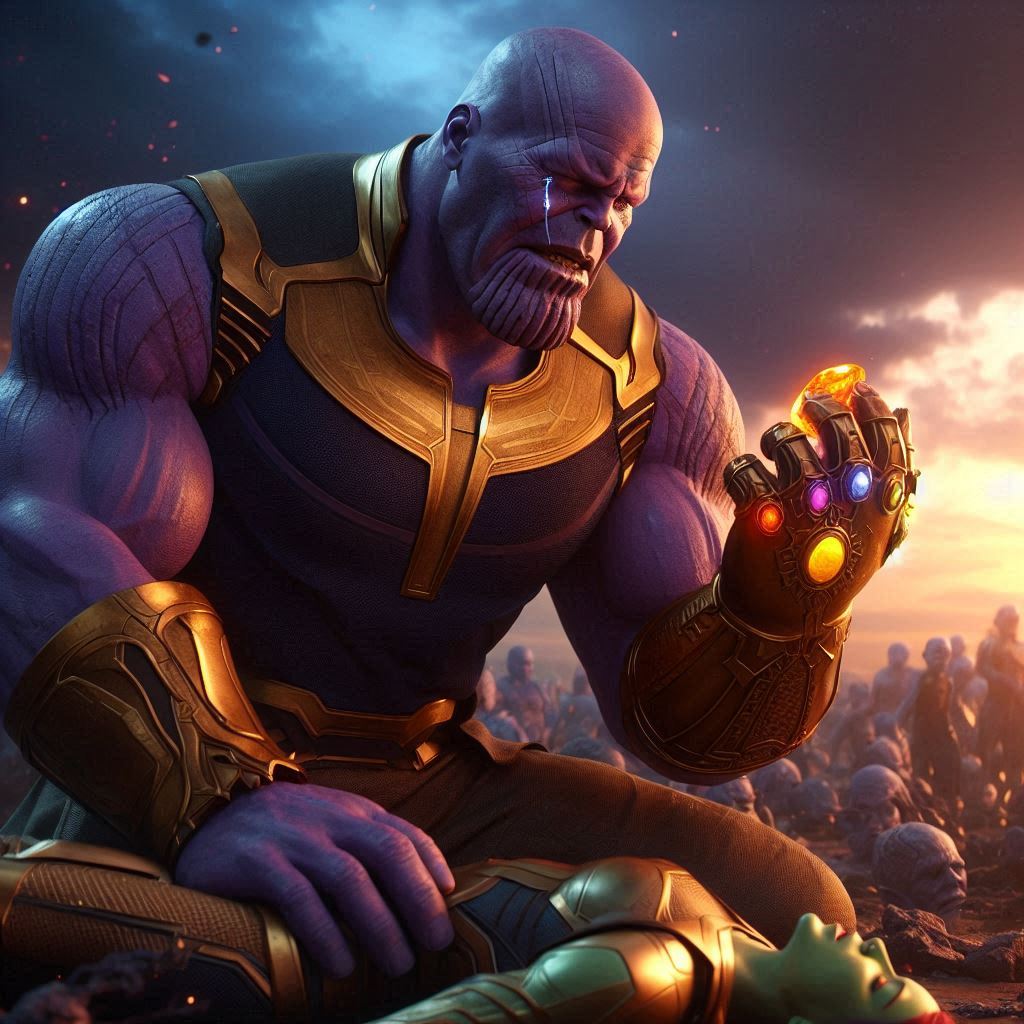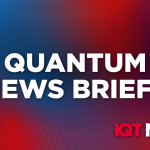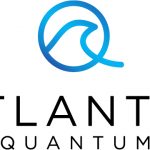Remote Entanglement Demands a Sacrifice

Microsoft and Photonic recently announced that they had demonstrated “quantum entanglement at telecom wavelengths.” They used the phrases “a teleported CNOT gate,” “distributed entanglement,” “entanglement distribution,” and “distributed quantum computing.” But what the heck does any of that mean? Let’s start by defining the problem.
The First Avengers
Secure quantum communication relies on a phenomenon called quantum entanglement. Our good friends, Tony and Steve, each possess one qubit. A qubit is the quantum analogue of a classical bit, as well as the physical particle on which we encode quantum information. Tony and Steve cause their qubits to interact, resulting in quantum entanglement. After the qubits are entangled, they can only be described as a system, and it no longer makes sense to describe them individually.
Do you see the problem?
If Tony and Steve are together, why do they need a secure communications network?
Realistically, Tony and Steve are nowhere near each other. Their respective qubits are likewise nowhere near each other. So, how can they entangle their qubits and communicate securely without coming together geographically?
Got a suit? Suit up.
There’s more than one way to do this, but the techniques have a few things in common. First, Tony and Steve need to call on the help of Natasha, who is somewhere between them on the network. Second, they need more than two qubits. And, third, Natasha entangles qubits.
Tony and Steve each need to have a qubit, so their qubits need to become entangled, at some point, with other qubits. Since Tony and Steve are not moving, some or all of these secondary qubits need to move. Eventually, Tony, Steve, and Natasha all have qubits that are part of one entangled system. But Tony and Steve don’t actually want any of the secondary qubits in the system, as that would have undesirable consequences on their communication.
If you’ve seen Avengers Infinity War and Avengers Endgame, this reminds me of the scenes in which it is said that the soul stone demands a sacrifice. In order to entangle their qubits remotely, Tony and Steve essentially need to sacrifice some qubits. Therefore, after helping to create the entangled system, Natasha – joyful at not being sacrificed in this story – then acts in a way that destroys the quantum information on any remaining secondary qubits, unceremoniously removing them from the system. As a consequence of this noble sacrifice, Tony and Steve are each left holding one qubit of an entangled pair, even though they never came within proximity of each other.
Avengers, assemble!
Remote entanglement can be demonstrated experimentally on a single quantum computer, but that’s what makes the Microsoft-Photonic announcement interesting. They didn’t demonstrate it on a single quantum computer, but on two quantum computers. If we imagine Tony operating one of the devices and Steve operating the other, they were able to establish quantum entanglement without physically moving their qubits. It’s the start of a secure quantum network.
But that’s not all.
What also makes this announcement interesting is that the Photonic chip is designed to do this.
And I… am… Ironman.
Most quantum computers use one modality, or one type of qubit. Photonic uses two together, electrons and atoms, and then uses a third, photons, for interactions. The photons are interesting, because they can facilitate interactions on one module, or on different modules, or on entirely different quantum computers, which is called distributed quantum computing. And they intentionally use wavelengths of light that allow remote quantum computers to be networked using existing fiber-optic infrastructure. Therefore, this architecture supports 1) full qubit connectivity (an advantage over modalities with limited connectivity), 2) the scalability of individual quantum computers (adding modules akin to the multi-core processor in your laptop), 3) distributed computation using multiple quantum computers (think high performance computing, or HPC, but using quantum computers), and 4) the establishment of secure quantum communication networks.
Post-Credits
For simplicity, Tony and Steve each have a single-qubit Photonic chip. The electron on each chip absorbs a photon and then emits a photon that it is entangled with. These photons race at light speed along existing fiber-optic infrastructure to Natasha. At Natasha’s lab, both photons hit a beamsplitter and become entangled, creating a four-qubit system. The photons then continue on to a detector, which absorbs them. Why? Because remote entanglement generation demands a sacrifice. Tony and Steve are left with a pair of entangled electrons, which they then actually sacrifice, as well, in favor of using the neighboring atoms.
Thanks to Microsoft and Photonic, Thanos may soon be able to finally rest, and watch the sun rise over a securely-connected universe.



















